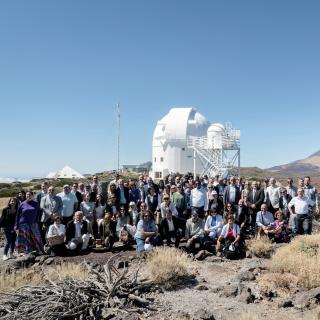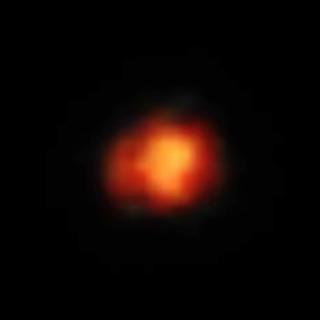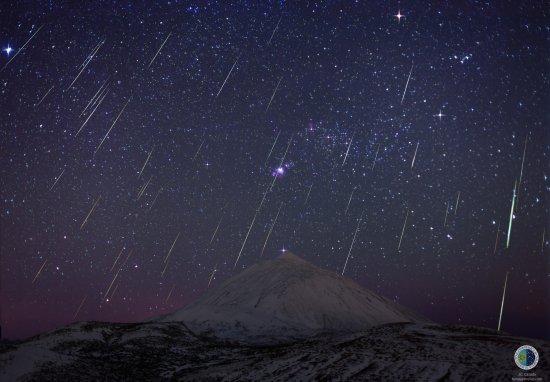It may interest you
-
 The first Canary Earth Observation Satellite, belonging to the Instituto de Astrofísica de Canarias (IAC), has successfully passed all the pre-launch technical tests, and is on the way to the United States for launch from California before the end of the year. ALISIO-1 ( Advanced Land-Imaging Satellite for Infrared Observations) is the first Canary satellite which will orbit the Earth, in the framework of the ALISIO space programme, led by the IAC and coordinated by the IACTEC-Space group. In 2018, the team gained its first success after the launch of an atmospheric sounding balloon withAdvertised on
The first Canary Earth Observation Satellite, belonging to the Instituto de Astrofísica de Canarias (IAC), has successfully passed all the pre-launch technical tests, and is on the way to the United States for launch from California before the end of the year. ALISIO-1 ( Advanced Land-Imaging Satellite for Infrared Observations) is the first Canary satellite which will orbit the Earth, in the framework of the ALISIO space programme, led by the IAC and coordinated by the IACTEC-Space group. In 2018, the team gained its first success after the launch of an atmospheric sounding balloon withAdvertised on -
 From 25th to 29th September the Ministry of Science and Innovation, in the framework of the Spanish Presidency of the Council of the European Union, in collaboration with the Instituto de Astrofísica de Canarias (IAC), is organizing and participating in a number of events related to research, development and innovation in national and European infrastructures, which are taking place in Tenerife. The aim is to bring together the main protagonists in the sector of research infrastructures (the politicians responsible, organizations, user instituttions etc.) to facilitate cooperation and mutualAdvertised on
From 25th to 29th September the Ministry of Science and Innovation, in the framework of the Spanish Presidency of the Council of the European Union, in collaboration with the Instituto de Astrofísica de Canarias (IAC), is organizing and participating in a number of events related to research, development and innovation in national and European infrastructures, which are taking place in Tenerife. The aim is to bring together the main protagonists in the sector of research infrastructures (the politicians responsible, organizations, user instituttions etc.) to facilitate cooperation and mutualAdvertised on -
 An international study, carried out by the James Webb Space Telescope (JWST) in which the Instituto de Astrofísica de Canarias (IAC) has participated, shows that the universe could produce extremely luminous galaxies at very early epochs, when it was only some 3% of its present age. This result implies that these galaxies formed stars before, and more quickly than predicted by current theoretical models. The study also reveals an unusual galaxy that “imitates” the emission from a very distant galaxy. The results are published in the journal Nature. During the first months of scientificAdvertised on
An international study, carried out by the James Webb Space Telescope (JWST) in which the Instituto de Astrofísica de Canarias (IAC) has participated, shows that the universe could produce extremely luminous galaxies at very early epochs, when it was only some 3% of its present age. This result implies that these galaxies formed stars before, and more quickly than predicted by current theoretical models. The study also reveals an unusual galaxy that “imitates” the emission from a very distant galaxy. The results are published in the journal Nature. During the first months of scientificAdvertised on
